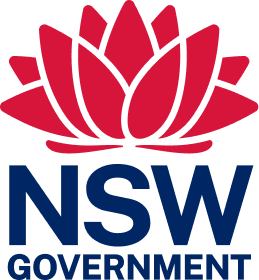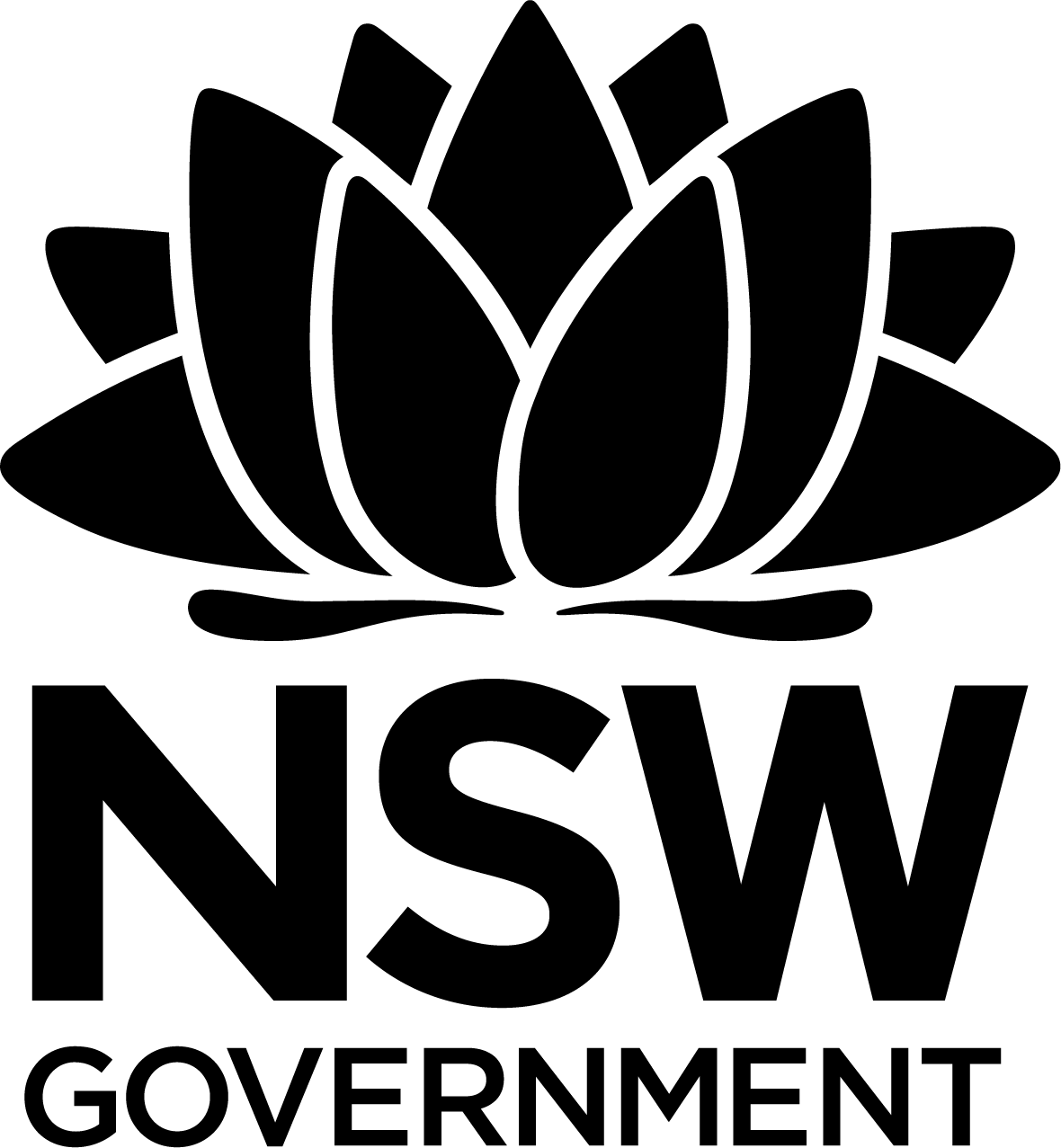
Crown land manager resource
Sanctuary’s survival is all about connections
29 August, 2022
Katandra Bushland Sanctuary Reserve Land Manager is the Crown land manager (CLM) for a pristine wedge of bushland, just 30km north of Sydney’s CBD, who have successfully navigated many aspects of reserve management.
The beautiful Katandra Bushland Sanctuary represents 12 hectares of valuable environmental heritage, sandwiched between the Ku-ring-gai Chase National Park and the stunning upper northern beaches. Just up the hill from Mona Vale, on an escarpment, the sanctuary is almost free of any invasive weeds. It features rainforest remnants, creeks meandering through fern-ringed pools, and more than 350 types of flora and fauna. This is rewarding for bushwalkers using the two hiking paths with regular sightings of lyrebirds, powerful owls, black cockatoos, pythons, wallabies, echidnas and many other creatures.
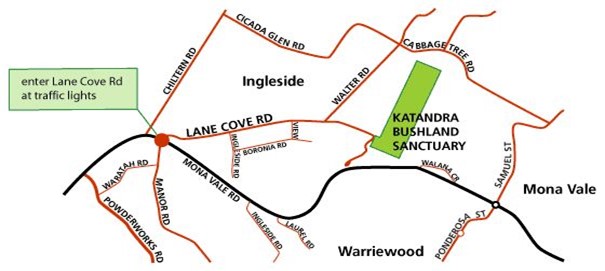
The reserve managers of the Katandra Bushland Sanctuary have shown it is possible to balance the business of encouraging access, visits, and the enjoyment of the site, while ensuring the precious area isn’t adversely affected by nearby residential and business developments or new roads. Efforts have been rewarded with the preservation and enhancement of habitats including; rainforest, woodlands, and heathland, which act as bushland links to the south along the Warriewood escarpment and north towards the Ku-ring-gai Chase National Park.
The managers and caretakers of the reserve include descendants of past landowners alongside a new generation of custodians. The late Harold Seymour gifted the site to the NSW Government in 1967. Mr Seymour chose to name the site Katandra, an Aboriginal name meaning ‘song of birds’ and he hoped future generations would be able to experience this bushland.
Members of the Seymour family continue as CLMs, getting involved with weeding and planting across the bushland sanctuary. Harold’s great-nephew David Seymour chairs the Trust and his mother Ruth, now in her mid-80s, is actively involved and contributing to the care of the reserve.
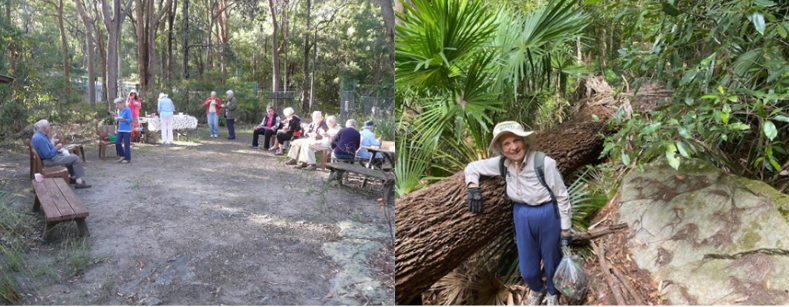
Volunteers are actively involved in managing the reserve
Commencing a 5-year term in 2019, Roberta Conroy and Julie Emerson were appointed as volunteer board members. The group of volunteers meet at a quaint timber yurt on the site that doubles as a visitor centre. The many volunteers help monitor the site, helping to quickly address issues such as illegal dumping of building materials, controlling access, and clearing weeds.
‘Past board members and current volunteers just love the reserve. I certainly do; it’s very close to where I live,’ Ms Conroy said.
Managing visitor access
Reducing visitor access during Spring helps reduce the footprint on the reserve. “It's only open for a few months when all the wildflowers are out, and we do that deliberately because obviously it's literally reducing visitor footprint”, Ms Conroy said.
Visitors are encouraged to make a gold coin donation before taking an accessible short 1km pathway or the more challenging 2km hike.
Grants from the Crown Reserves Improvement Fund (CRIF) in 2020–2021 have helped to cover the costs of upkeep and improvements, such as repairs to the yurt and a timber bridge. The reserve also received a grant for a defibrillator in 2022. The CLM hopes to seek further funding to install solar power and use QR codes in future to enable donations via mobile phones.
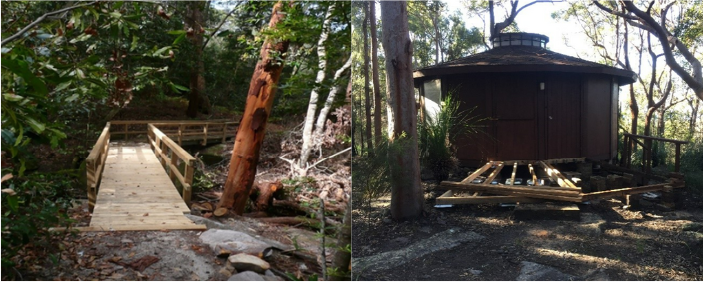
CRIF funded repairs to bridge and yurt
Establishing positive relationships with community
As custodians of such a delightful parcel of land hasn’t been without challenges. The beauty of the area attracts developers keen to exploit the incredible views and lush surroundings. The CLM has been working closely with a range of stakeholders, advocating strongly for the protection of Katandra amid housing and road developments in the area.
Ms Conroy described the proposed housing to the east of the site is ‘much, much smaller than originally planned’ as a result of input from local groups including Katandra.
The Mona Vale road upgrade will now incorporate critical elements such as overhead and underground wildlife crossovers to allow wallabies, possums, and other fauna to maintain their existing travel routes. The CLM has also provided feedback to the local council regarding a cycle path, linking Mona Vale to Terrey Hills, which is proposed to pass along the perimeter of the reserve.
Ms Conroy said the new path would benefit walkers, runners, horse riders and parents with ‘big-wheeled strollers’, but the reserve managers were keen to ensure it would minimise impact for local wildlife.
The CLM has been able to address all aspects of the strategy through enduring links (via the Seymour family) to the recent past, as well as through its commitment to building and sustaining excellent working relationships with its many stakeholders.
Ms Conroy’s experience having led the local residents’ association, means she understands better than most that building strong and sensible connections with stakeholders is crucial to the effectiveness of the organisation. As a member of the council’s environmental strategic reference group, Ms Conroy is able to advocate on behalf of the reserve when required. She points out the council has been environmentally progressive for years, being one of the first to acknowledge the impact of climate change in forward planning. The sanctuary will grow in importance as a place of refuge for birds, plants, and animals, particularly during future heatwaves linked to climate change.
Engaging with Aboriginal stakeholders
The secret to the success of the Katandra group has been its commitment to building strong relationships with its stakeholders, including users, First Nations people, regulators, government, environmental advocates, and developers. That approach has helped to protect and enhance the asset which encourages:
- stronger community connections
- economic progress
- realising Aboriginal land rights
- protecting cultural heritage
- protecting environmental assets and building climate change resilience.
Mr Seymour said the board members are in the process of contacting local Aboriginal stakeholders to explain the cultural heritage of the site to visitors.
Training in Aboriginal Cultural awareness, as part of the NSW Crown Land Governance Development Program, has focussed on increasing the potential for CLMs to strengthen involvement with Aboriginal groups and to re-establish Indigenous connections to the land.
More information
Help sheet: Identifying your stakeholders
Crown land 2031 – State Strategic Plan for NSW Crown land
CLM training: NSW Crown Land Passport Program

This Crown land manager web resource was printed on 20 Apr 2024. The information contained in this web resource is based on knowledge and understanding at the time of writing Apr 2024. However, because of advances in knowledge, users are reminded of the need to ensure that the information upon which they rely is up to date and to check the currency of the information by referring to the website (www.reservemanager.nsw.gov.au).
© State of New South Wales through Department of Planning, Industry & Environment 2024.
Page link: https://reservemanager.crownland.nsw.gov.au/news-and-events/profiles/sanctuarys-survival-is-all-about-connections2
